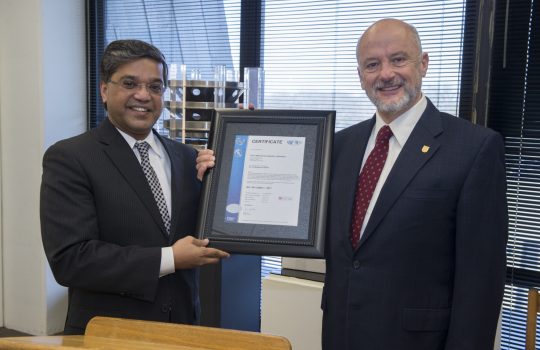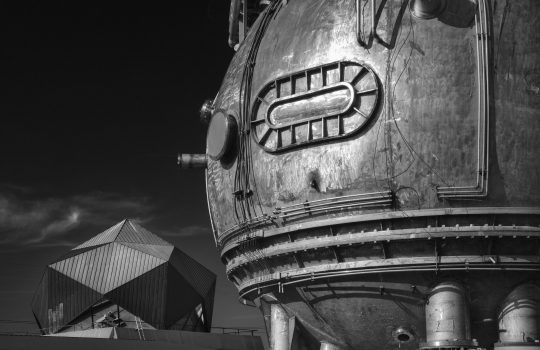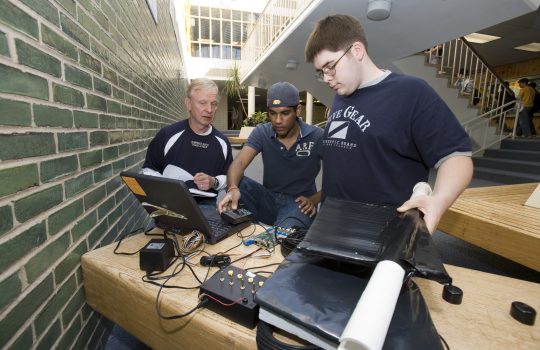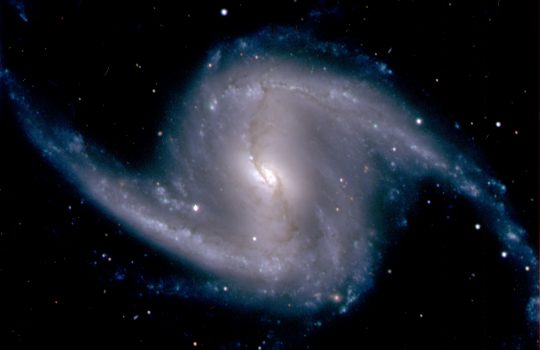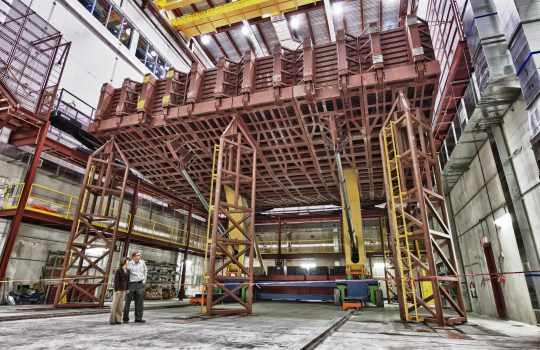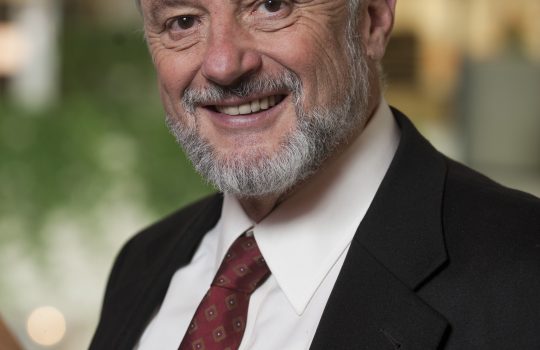High-school students get real-world advice at Fermilab STEM Career Expo on Wednesday, April 10
What does a scientist actually do all day? How difficult is it to be a mechanical engineer? What is the daily life of a computer technician really like? How much and what type of math is used in these types of careers?

